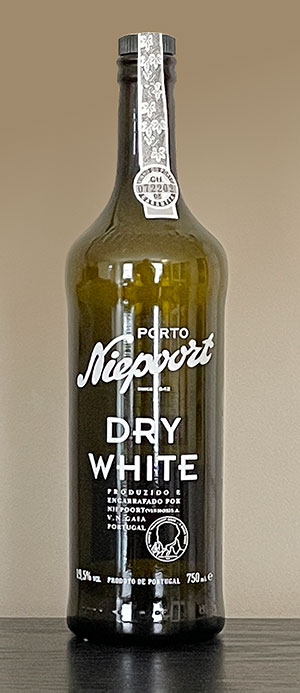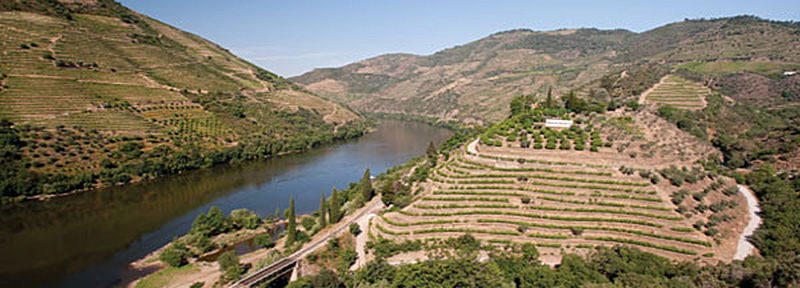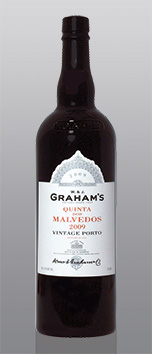 True Ports (now often referred to as Portos) hail from the Douro valley in northern Portugal, and have done so for over three hundred years. The region’s predominant soil is schist, composed of various medium-grained to coarse-grained metamorphic rocks with laminated, often flaky parallel layers of micaceous minerals. The low annual rainfall makes this probably one of the driest regions of the world where grapes are grown without irrigation. This terroir results in very low-yielding vineyards, with vines bearing only a very few small bunches of full-flavored grapes whose thick skins protect them from dehydration.
True Ports (now often referred to as Portos) hail from the Douro valley in northern Portugal, and have done so for over three hundred years. The region’s predominant soil is schist, composed of various medium-grained to coarse-grained metamorphic rocks with laminated, often flaky parallel layers of micaceous minerals. The low annual rainfall makes this probably one of the driest regions of the world where grapes are grown without irrigation. This terroir results in very low-yielding vineyards, with vines bearing only a very few small bunches of full-flavored grapes whose thick skins protect them from dehydration.
Port is a fortified wine. Fortification is the addition of brandy (usually) or a neutral spirit to wine in order to boost the alcohol content. Fortified wines are often sweet, because the alcohol kills the yeast before fermentation completely runs its course, leaving residual sugar. This accounts for Port’s characteristic rich, luscious style and also contributes to the wine’s considerable ageing potential. Fortification also stabilizes the wine, a definite benefit for a product destined for the long sea voyage from Portugal to England, the first large market for it.
There are four basic categories of Port: vintage, tawny, ruby, and white. Vintage Ports are the rarest (just one to three percent of all Port production), the best quality, and the most expensive, of course. They are made from grapes of a single vintage and bottled within two years of harvest. In order to maintain the highest quality standards, vintage Ports are only made in the best years, which are “declared.” These wines can age extremely well; there is an old English tradition where a vintage Port is purchased on a child’s birth year, and consumed to celebrate when he or she turns 21. (Late Bottled Vintage Port is bottled at either four or six years old; although they have been aged longer, these Ports are often of second-tier quality when compared to a producer’s Vintage offerings.) Tawny Ports are a blend of fruit from many different years, and can be wood-aged for as many as 40 years. A high-quality tawny Port will always list the barrel age on the label. The characteristic amber color is the result of this wood aging. Ruby Ports are made from wines not deemed worthy of vintage classification, and are aged in wood for about two years. These youthful, fruity Ports are often the least expensive. White Ports are made like other Ports, just using white grapes. Although they have been made for as long as red Ports, they are much less familiar to Port drinkers. Indeed, I’ve been consuming Port for decades, but this is the first white I have tried. (These white wines run the gamut from sweet to dry, and are usually consumed as an aperitif.

The Douro

 In the Douro valley of Portugal, home of true Port wines, only the finest years are declared as Vintages, the best of the best. The last declared vintage was 2017. (Remarkably, this followed the declared 2016. Back to back declarations are qute rare.)
In the Douro valley of Portugal, home of true Port wines, only the finest years are declared as Vintages, the best of the best. The last declared vintage was 2017. (Remarkably, this followed the declared 2016. Back to back declarations are qute rare.)